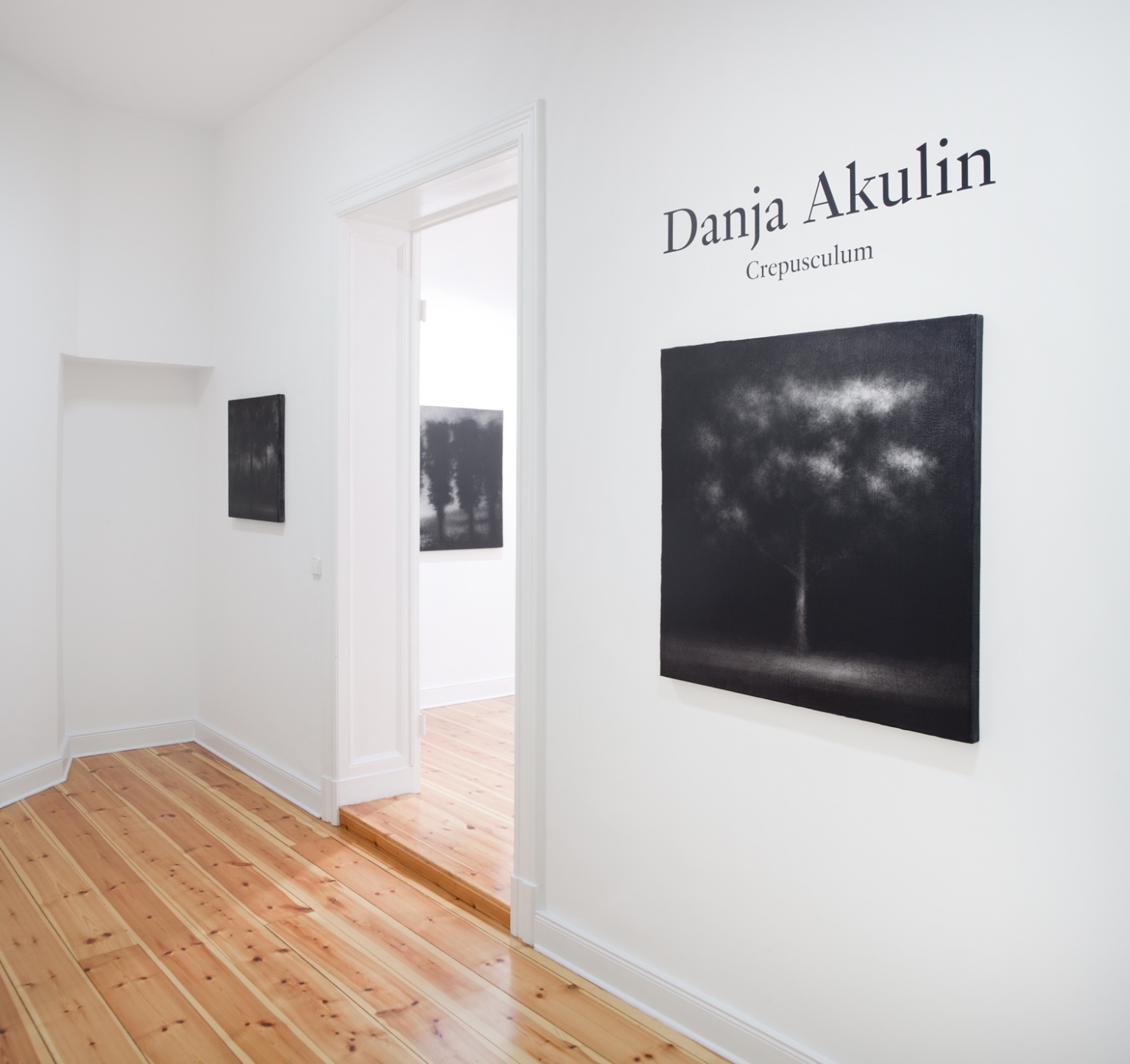You can - but do not necessarily have to - take a sheet of white paper and a pencil from HB to 6B, or extra hard or soft, and draw a straight, curved, wavy or harsh line. This line can serve as a contour for an object, or something else, or fill the surface of an object or a landscape or an atmosphere, for example, the atmosphere of a night scene. This is the norm for such a sketch. Danja Akulin creates conceptual drawings, which he calls “aesthetically minimalist”. Since they come from St. Petersburg, they look different from an equally conceptual art by the Californian Ed Ruscha, for instance. Squares in the works of Akulin’s model Malevich wore trousers as they turned into pullovers and the figures in Seurat’s dark shaded black and white studies wore hoop skirts. Now that is all very interesting. After looking at pictures in the media, it is particularly exciting to see with your own eyes, in the original drawing, how many watts are used to light a stairwell in St Petersburg. I have always had the impression that there are iron bars behind the simple window crosses in St. Petersburg, making it impossible to escape through the opened window. After all, why should a sketch, just because it is well thought-out and statistically calculated, not have an element of psychosocial angst? Fortunately, it is not like a video horror film with a mouse crossing the empty cellar every minute. Nor is there a candle burning in a candle holder. This communication kitsch is precisely what it is not. This is what good drawings look like.
Georg Baselitz



